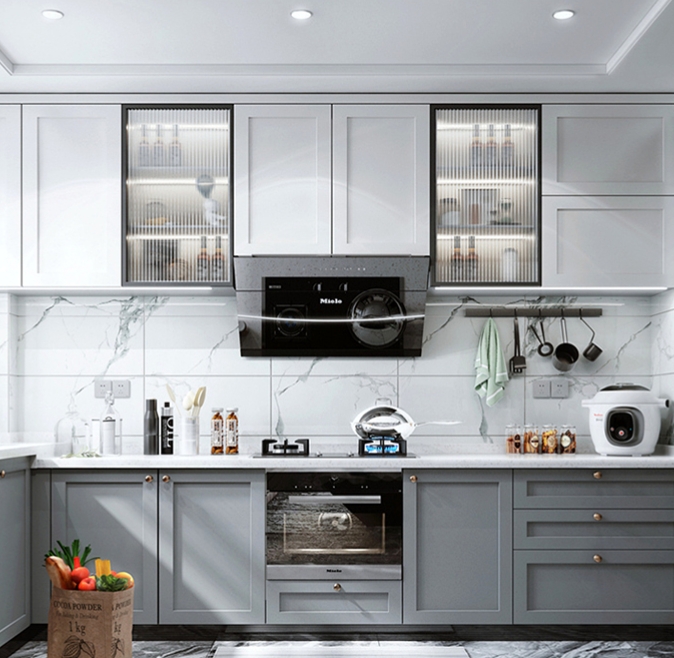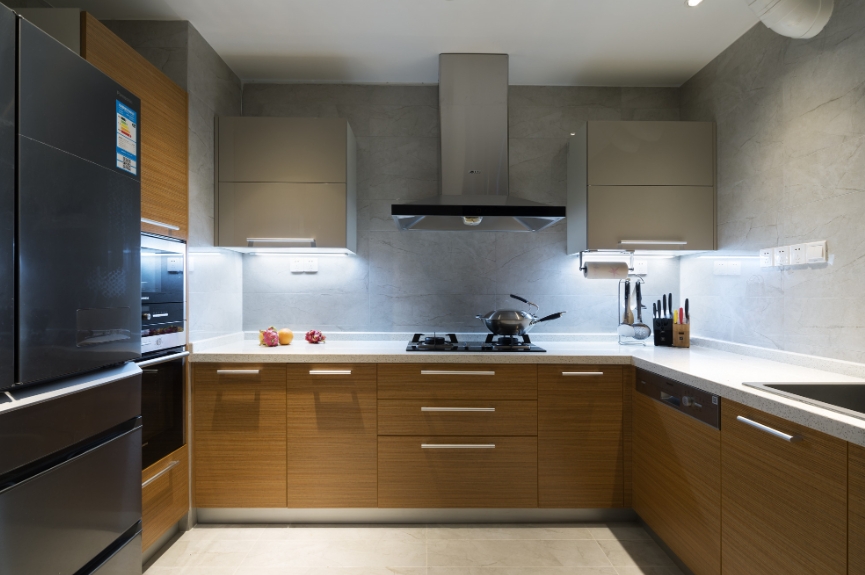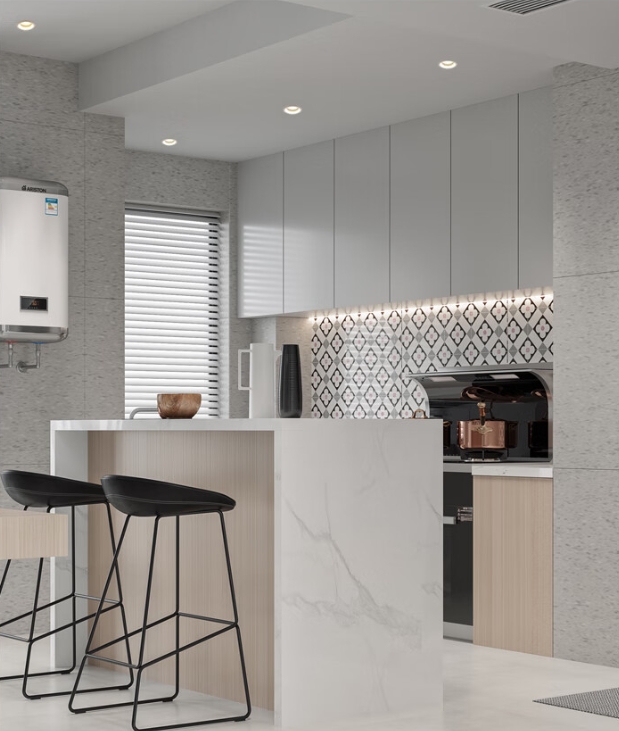Note: To ensure and accuracy, this article follows the content creation and review process of the Helian Expert Team.
Picking the right can lights for your kitchen is an important part of making it a stylish and useful place to cook. Can lights, which are also referred to as recessed lighting, offer a modern and streamlined appearance while simultaneously providing sufficient illumination for all kitchen activities. This article will talk about various kitchen lighting ideas, go into detail about kitchen ceiling lights, and assist you in picking the best can lights for your kitchen.
Understanding Can Lights

Can lights are features that are put into the ceiling, which makes them look clean and unnoticeable. Additionally, they are flexible and can be used to provide general lighting, job lighting, or decorative lighting. Know these things about can lights:
Benefits of Can Lights
- Save space:Can lights that are sunken don’t take up any viewing space, which makes your kitchen feel bigger and less crowded.
- Lighting Options: Can lights can be arranged in different ways to create different levels of light that make the kitchen look better and work better.
- Modern Look: They have a clean, modern look that goes with any kitchen style.
Kitchen Lighting Ideas
When you’re planning the lighting in your kitchen, think about how the different types of lighting can work together to make the space look good and be useful. Here are some ideas:
Layered Lighting
Utilizing layered lighting means mixing various types of lighting to create a well-balanced level of brightness. Ambient, work, and accent lights are all part of this.
- Task Lighting: Directs light to specific areas where tasks are executed, such as islands and countertops. Installation of additional can lighting above these regions is recommended to ensure optimal visibility.
- Ambient lighting: Lights up the whole kitchen in a general way. Can lights work great for this because they spread the light evenly throughout the room.
- Accent lighting: Accent lighting draws attention to certain features or pieces of art in the kitchen. Lighting fixtures can be tilted to highlight specific pieces of art or building features.

Placement and Spacing
Placement and spacing of can lights must be done correctly for the desired lighting effect to be achieved. Here are some ideas:
Can lights should be placed approximately four to six feet apart to ensure an even distribution of light. This can change, though, based on the size of your kitchen and how bright you want the light to be.
Placement: Carefully place can lights so that they don’t cast shadows on important work areas. For example, put lights right above sinks and tables.
How to Pick the Best Can Lights
To choose the right can lights, you need to think about their size, type, and trim style, among other things. Let’s take a closer look at these:
Size and Type
Size: There are different sizes of can lights, but most of them are between 4 and 7 inches across. For more focused lighting, smaller lights work best. For a wider area, bigger lights work best.
Type: Pick between can lights that are IC-rated and those that are not. Lighting with an IC rating is safe for ceilings with insulation because it keeps the bulbs from getting too hot.
Trim Style
The border is what you can see of the can light, and it can change how your kitchen looks as a whole. You may like these trim styles:
A popular choice for general lighting, baffle trim has a twisted core that cuts down on glare.
Reflector Trim: Its shiny inside lets more light in, making it perfect for work lighting.
Eyeball Trim: Enables the direction of light to the desired locati0n, serving as an excellent accent lighting solution.
Bulb Type and Wattage
Choosing the appropriate bulb type and wattage is essential for attaining the intended brightness and energy efficiency.
LED bulbs use very little energy and last a long time, which makes them a great choice for kitchen lights.
Wattage: Select a wattage that enables adequate illumination without being excessively abrasive. LED lights that are equal to 60 to 75 watts are usually good for kitchens.
Installation Considerations
The installation of can lighting necessitates meticulous planning and execution. You can do it yourself, but choosing a professional electrician is safer and more likely to follow local building rules.
Safety and Compliance
Building Codes: To prevent potential hazards, guarantee that your can light installation adheres to local building codes and regulations.
Fire safety: Use IC-rated can lights in ceilings that are sealed to keep them from getting too hot and lower the risk of a fire.
Professional Installation
Hiring a professional electrician can save you time and guarantee that your can lights are installed correctly. These things they can help with:
Wiring: Guaranteeing the safety and security of all electrical connections.
Placement: Putting lights in strategic places to get the best light and the least amount of shade.
Enhancing Your Kitchen’s Aesthetic
In addition to their functional capabilities, can lighting can also contribute to the overall aesthetic of your kitchen. Here are some suggestions:
Complementing Kitchen Design
Color Temperature: Select a color temperature that is in harmony with the design of your kitchen. Warm white (2700K-3000K) imparts a cozier atmosphere, while cold white (3500K-4100K) provides a contemporary appearance.

Dimmers: Putting in dimmer switches lets you change the level of light, which can help you set different moods and save energy.
Highlighting Features
Utilize can lights to emphasize critical architectural features or décor elements in your kitchen. This makes the room look deeper and more interesting.
In conclusion
To pick the right can lights for your kitchen, you need to know about the different styles, sizes, and types that are out there. You can make a well-lit, useful, and physically pleasing kitchen by thinking about things like arrangement, spacing, and bulb type. Can lights are a flexible and stylish choice that can make your kitchen look better whether you’re remodeling it or building a new one.
